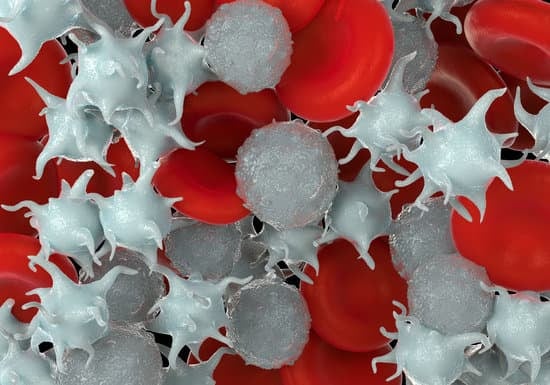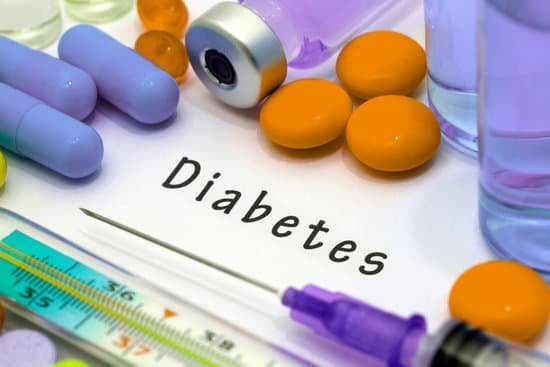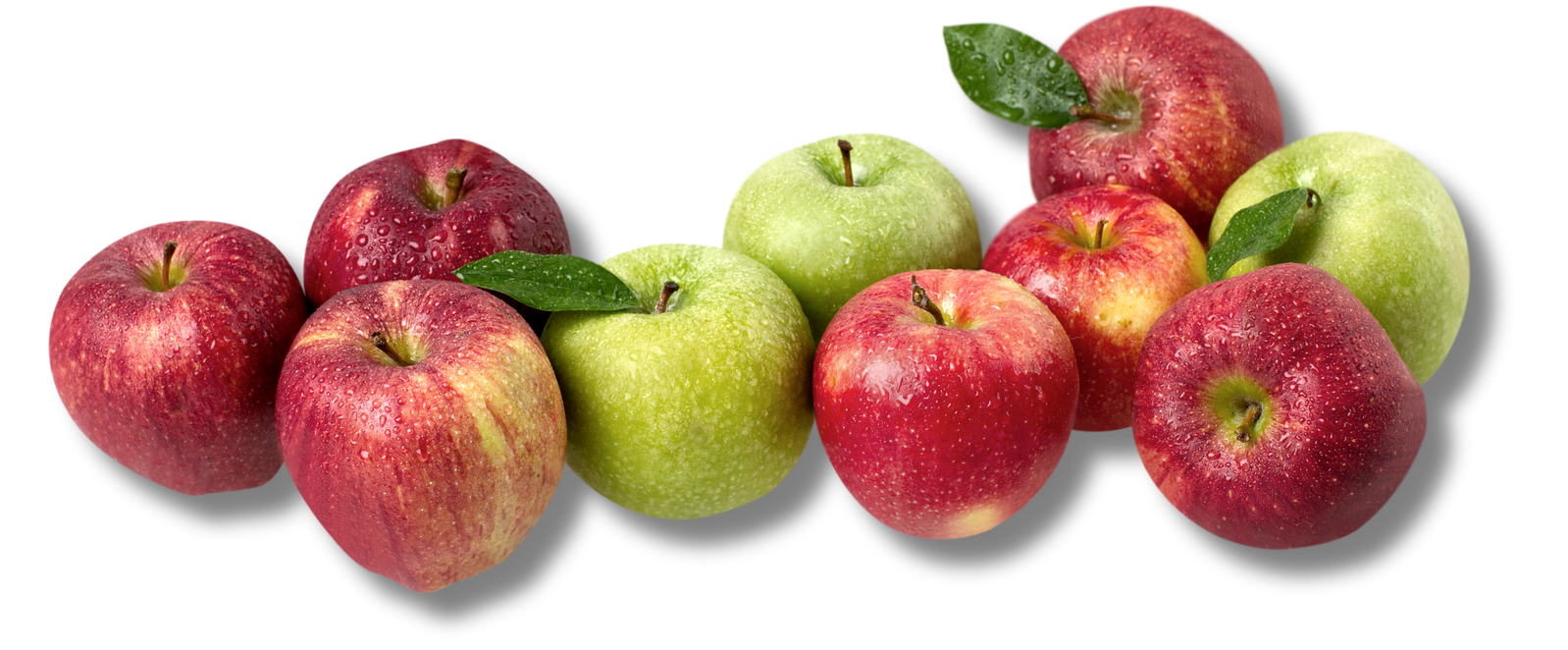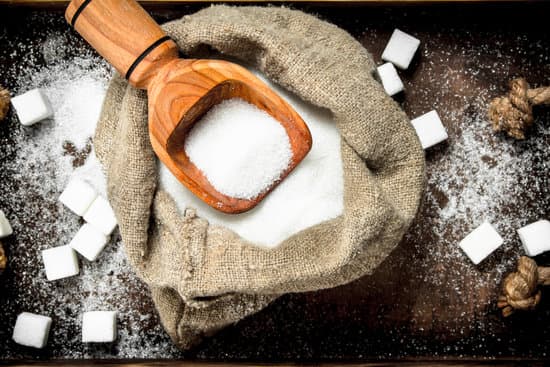
Friends:
Ideally, understanding safe limits is a primary directive to clarify the ingestion of sugar alcohols, or any nutrient for that matter, before an individual inadvertently stumbles into a “red zone” of potential health risks and harm with habits of overconsumption.
The notable axiom in biochemistry states, “Poison is in the Dose.”
However, the field of nutrition and product development certainly needs better guidelines to recommend and clarify the amounts and frequencies of sugar alcohol in the diet so that one can more fully, confidently, and safely exploit its numerous beneficial functional health merits.
Both xylitol, a five-carbon, and erythritol, a four-carbon sugar, are created endogenously by our metabolism. They are no strangers to our biochemistry, evolution, and physiology.
Also, sugar alcohols and other polyols have broad distributions in health-engendering fruits and vegetables, though in relatively small percentages compared with other accompanying sugars.
The recently published science study from the Cleveland Clinic, very similar to the first about erythritol back in 2023, underscores our current understanding that xylitol blood levels (and other sugar alcohols) increase in hyperglycemia and diabetes, reflecting a marker of underlying sugar/insulin metabolic dysfunction.

Their team of scientists conducted various studies that extrapolated and warned, though still veiled with many
unknowns, of the possible higher risk of MACE ( major cardiac event and blood clots) with an undefined standard of excessive use and amounts of xylitol ( or erythritol) as a sweetener.
Thus, as mentioned in the study, those with underlying, already predisposed blood sugar dysfunction or a lower expression of sugar-alcohol rate-limiting enzymes are even more vulnerable to adverse thrombotic events and more
significant spontaneous platelet aggregation; even those fasting are more likely and, as a logical continuation, the study conjectures more prone to exacerbation and risk of
a significant cardiac event (MACE) with the use of polyols for sweetness.
Though concerns are warranted and sincere, this, from my perspective, seems a bit early, too linear, and presumptive in drawing what feels more like a conclusion with so many other variables still to factor in.
However, platelet aggregation is complex and nuanced, with different activation sites depending on the substance, meaning all the mechanisms of action still need to be fully understood.
One study noted that the GLUT-3 granules in platelets and the presence of glucose allow for platelet contraction, like a muscle fibril in bringing them together for aggregation.

This is a very interesting but reasonable theory since both tissues are mesodermal in their origin.
As the platelets pull together or contract, this is an early step in forming a clot, which is normal and essential when within limits.
However, platelet aggregation is not a blood clot, though this differentiation appeared murky throughout the study.
Accompanying obesity, diabetes, hyperglycemia, and frequent sugar consumption, the significant incretin hormone GLP-1 from the L-cells of the small intestines is blunted and less effective in its metabolic roles with hyperglycemia, obesity, and diabetes.
But as a preview of many of the functional benefits of xylitol or erythritol, these sugar alcohols are still effective, not blunted, as potent GLP-1 independent agonists in the face of this crucial metabolic dysfunction.
Also, as sucrose load increases over time in people who consume high-sugar diets, the system becomes less responsive to releasing GLP-1, engendering greater risk for inflammation, higher blood lipids, hyperglycemia, and Type 2 diabetes.

But the following question has not been explored to the best of my knowledge, but as a side thought: could it perhaps be that the endogenous increase in alcohol sugars is not only a marker but also a safety valve and off-ramp for survival via a more activated PPP pathway rather than sustaining the far more damaging oxidative, metabolic, and glycation effects of hyperglycemia?
In my philosophy and use of ingredients, I have formulated sugar alcohols in very prudent, calculated, and restricted amounts to capture some of the sweetness but, even more importantly, its functional health contributions.
Nature presents and proves the map and model when constructing a formulation—sugar alcohols are never alone but in conjunction with other sugars and nutrients.
For example, a medium-sized apple contains about 19 g of sugar ( sucrose, fructose, glucose, with about 3% xylose, sorbitol, etc.), and it is proven healthy and good for you, diabetics, and for weight management.
Yes, the skin contains abundant nutrients and antioxidants, which significantly contribute to its healthful and protective properties.

Still, apples also have glucosidase-inhibitory features, which block and slow down simple sugar absorption along the brush border, even with their relatively high sugar content and a small presence of sugar alcohols.
The scientific literature cites that polyols, xylitol, and erythritol also have glucosidase inhibition properties.
These sugar alcohols can actually contribute a similar and safe mode of purpose as the pharmaceutical drug Ozempic, GLP-1 agonist, which is eagerly sought for blood sugar balance, diabetes, appetite control, and fat metabolism and making a financial killing in the pharmaceutical industry.
It was interesting to me that some of the research scientists, in their parting comments as an aside, said that if they had to choose between sucrose or an alcohol sugar, they would opt for sugar over the less-studied sugar alcohols and their largely unknown long-term effects.
So, is this to be Hobson’s choice? Which kind of sugar generates the least fear or harm?
Excess sugar ( sucrose) is one of the major, extremely well-studied culprits in multiple chronic diseases and conditions.
It induces higher rates of cardiovascular disease, syndrome X, hyperlipidemia, obesity, fatty liver, inflammation, fuels some cancers, candidiasis, sticky platelets, and dental caries.
Sugar is far more scientifically established and has largely proven life-shortening, health-damaging, and untoward outcomes than our present and limited understanding of polyols in human health.
So, with these facts on the table, what are some significant additional merits of xylitol and erythritol if used modestly, carefully, and not excessively, which are absent with sucrose?

–GLP-1 agonist in the face of hyperglycemia
–Bacterial biofilm disruption–significant for immune and dental health
–Erythritol enhances vascular endothelial elasticity and lowers BP in several studies
–Promotes bone remineralization; xylitol is considered an ally in fighting osteoporosis in some studies
–Acts as an alpha-glucosidase. inhibitor–thus helping to slow down and blunt the absorption of sugar and helps to manage blood sugar
–Anti-inflammation properties–erythritol helps reduce gut inflammation in high-fat diets.
–Erythritol antioxidant properties again OH radical, xylitol appears to raise intracellular glutathione.
–Some early and limited studies demonstrated that erythritol lowered HbA1C.
Armed with these facts, you could improve your sugar composition and make it more healthful by mixing sucrose with some sugar alcohols, as found in Nature.
In Nature, multiple kinds of sugars, sugar alcohols, and rare sugars work together naturally with antioxidants, fiber, and other nutrients—they are not isolated and should not be overconsumed individually in a healthy, balanced diet.
With this kind of synergistic interrelationships, we can find the most significant dividends for health and safety while keeping in mind the following criteria:
Every food or ingredient follows a “bell-shaped” curve where there is little problem or effect, a certain amount balances the good, and too much creates stress on metabolism and health. Moderation and balance remain the central pivot points for more optimal health and nutrition, polyols included.
Science and industry should ideally establish a clearer “dose-response” curve–that means how much and at what amount one begins to see an actual adverse and causal event, factoring in health, age, and predisposing health tendencies for specific markers. Also, more and statistically larger prospective and retrospective population studies cross-correlated with various health factors and consumption patterns. Polyol research has made some good progress in this area, but as the early Clevland Clinic studies demonstrate, many questions remain open, only scratching the surface, and there is a yearning for much more creative and enlightening work.
Thus, the prime directive for supplementation, whether with unusual or regular foods or nutrients, is to establish a “happy zone” for maximum safety, tolerance, and optimal dosage.
